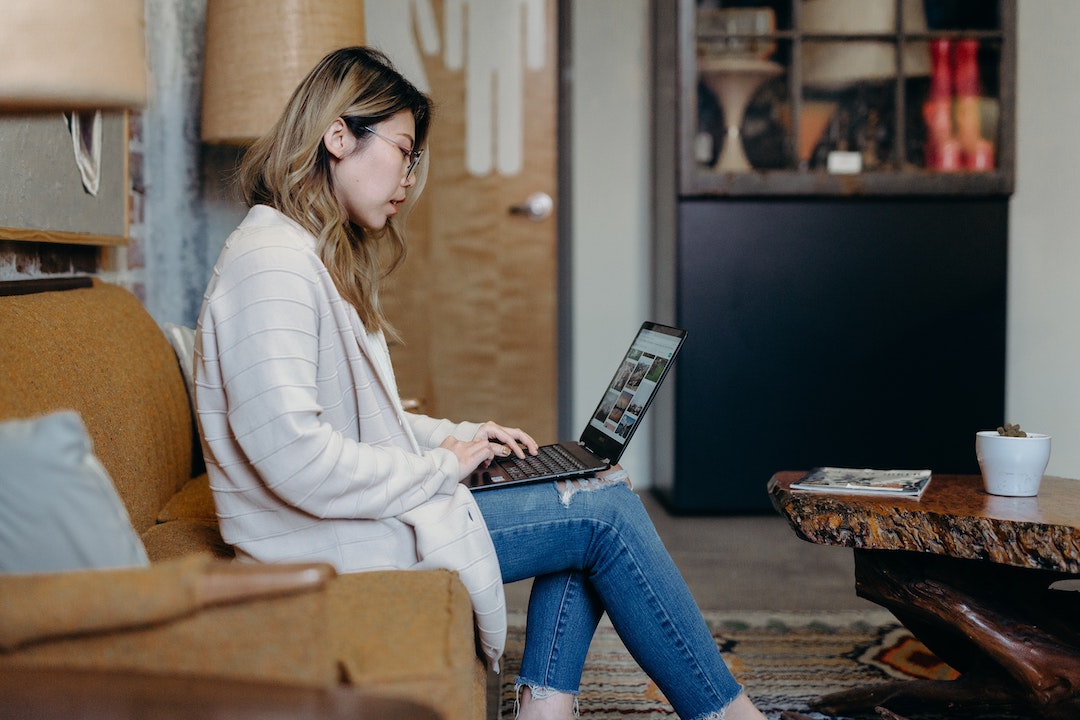Back pain is a very common complaint, especially among adults. Solutions to it vary, depending on the source. In many cases, lower-back pain is the result of injury. These can include muscle strain, sprains, or spasms due to sudden movements or poor body mechanics when lifting heavy objects.

Other kinds and sources of back pain:
As mentioned, upper and middle back pain can be caused by overuse, muscle strain, or injury to the muscles, ligaments, and discs that support your spine. Over time, poor posture can also contribute as can pressure on spinal nerves from conditions such as a herniated disc. Back pain is also often the result of a weak abdomen (core) as well as very tight hamstrings and a tight lower back. But I have the 2020 winner: Simply Too Much Sitting!

Heed the Warning Signs
While many back problems can be alleviated by lifestyle changes alone, some require professional interventions and therapies to bring relief. So be aware of signs of serious conditions that can begin as back pain. In no particular order:
- Persistent fevers
- Unplanned weight loss
- Blood in the stool or urine
- Progressive numbness or weakness in the legs
- Inability to urinate or have a bowel movement
- Loss of bowel/bladder control
- Pain at night
- Sexual dysfunction
In any of the above cases, here’s my recommended course of action:
- Consult with a professional team (which can include a doctor, chiropractor, physical therapist, bodywork practitioner, and acupuncturist) to determine if your symptoms result from soft tissue or hard/bone issues. Treatments for either vary widely.
- If it has been determined your symptoms are the result of weakness in certain muscles, the goal is two part: stretch the areas and strengthen those muscles.
- If your pain originates in your spine, you’ll likely need diagnostics (x-ray, MRI, etc.) to determine the extent of your problem. Non-surgical solutions should be the treatment goal if possible.
Denise’s
 2 Cents:
2 Cents:
Back pain can be difficult and stubborn. It can lead to your not wanting to move. Fortunately, the majority of back pain issues can be traced to lifestyle choices. Not wanting to move simply exacerbates them. In my practice, I see lots of neck and back pain. It’s a common condition in those who sit at a computer all day and in those who sit a great deal for whatever reason. That said, I also witness great relief in many clients whose lifestyle choices (too much sitting and bad posture) are reversed by a regimen of stretches, strengthening, and moving. I recommend working with a trainer to best determine your needs. Meanwhile, below are some basics:
- Set an alarm for yourself to get up and walk, especially if you have a desk job.
- Google some basic stretches for back stretching. Best to check with a professional first if you’re in pain.
- Drink plenty of water
- The key is to keep moving. Walking with correct posture as well as swimming are ideal (as is walking in the pool).
- If you are over 50, adjust your activity to your flexibility limits.
It takes commitment to stick with a new regimen. But the rewards can be great, and I predict your back will thank you!
